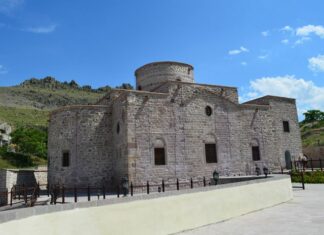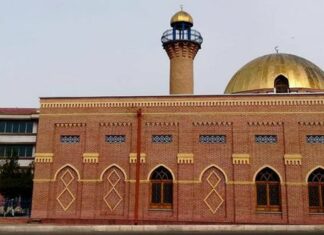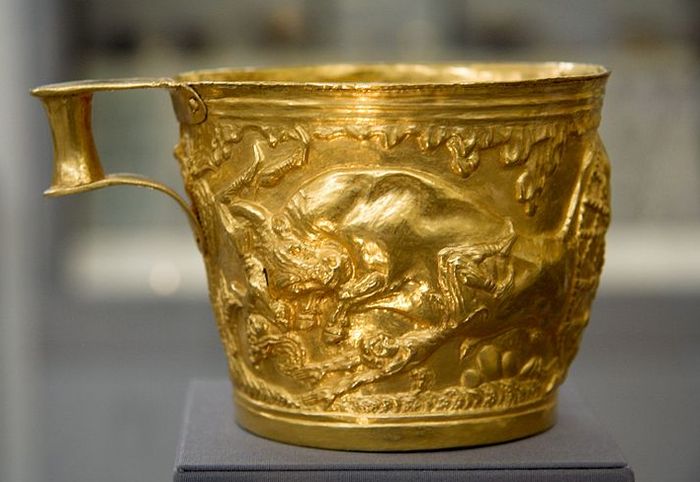admin
The Congress of Berlin and Its Decisions
After signing the Congress of Berlin Treaty, Prince Bismarck and Lord Beaconsfield believed they had successfully changed history and ensured peace in Europe.
Unforeseen Forces...
Bulgaria Declares Independence
On October 5, the governments of Britain, France, and Russia were shocked by secret messages from Bulgaria. At 11:00 AM, Prince Ferdinand announced that...
The Deesis in the Apse
The Deesis composition in the apse features Christ, called the "Most Benevolent," with Theotokos (Mary) on the left and John the Baptist on the...
The Jews Did Not Turn to the Messiah in 70 AD
According to the prophecy in Zechariah 12:10, the Jewish people were supposed to turn to the Messiah in 70 AD. But they did not...
Dr. Thomas Ice and the Radio Discussion
Dr. Thomas Ice and I will discuss these topics in our radio show this weekend, on January 29. All our programs are available on...
Types of Preterists Full and Partial
There are two main groups of Preterists: Full Preterists and Partial Preterists.
Full Preterists believe that Jesus returned in 70 AD, but not in a...
Jesus’ Message to the Ephesians: Hating Evil Practices
In Revelation 2:6, Jesus says something a bit strange: "But you have this in your favor: You hate the practices of the Nicolaitans, which...
The Loss of First Love in Church History
When we look at the letter to the Ephesians from the perspective of church history, we see that the loss of first love became...
The Tree of Life Symbol of Jesus
The tree of life was first mentioned in the Garden of Eden. Adam and Eve were allowed to eat from it, but after they...
Philadelphia The Revived Church
The church in Philadelphia represents what I call the revived church. This time period started around the early 1800s and continues until the Rapture...














